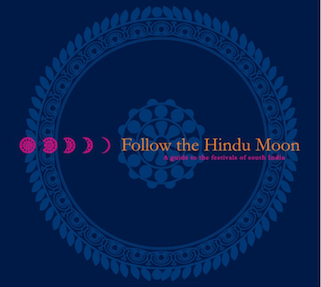|
|
|
ANALYSIS
The
communist
threat
is
forgotten,
but
not
gone
History
tells us that at
least 53
million people have died of communist atrocities the world over. Communist rule
and a bloodbath are inevitable if Nepal is left to its own struggles between the
monarchists and the Maoists, warns ERIC KOO PENG KUAN
What
is India News Service
23 March 2005
In
a small, land-locked country called Nepal in South Asia, the Nepalese King
Gyanendra had seized political power with the help of the military by sacking
his own entire government in February. King Gyanendra justified such a drastic
move as being necessary in fighting the insurgency by Maoist insurgents.
It is ironic to think that humans have so quickly forgotten the ominous threat
of communism that loomed over the world over the last century. The cautious
diplomacy and arms race during the Cold War between the Soviet bloc of nations
and the free world lasted from 1945 to 1991, was due largely to the fear of the
spread of communism.
Despite the fact that the dissolving of the Soviet Union in 1991 also signaled
the bankruptcy in the communist ideology, a number of communist-inspired rebel
movements are still in existence in nations with wide gaps of wealth disparity.
This is clearly evident in the Maoist-style rebel movements in Columbia, Peru,
the Philippines and Nepal.
Nepal, especially, has all the possible conditions favouring a
communist-inspired rebellion for regime change.
Firstly, a monarchist-military system is one that has elitist tones, where
social mobility depends more on nepotism and social connections rather than
capabilities. Such a system is self-preserving in nature and tends to entrench
itself, and simultaneously leads to ever widening social and economic gaps
between the privileged and non-privileged classes. Such a politico-social system
makes the best environment for recruiting material and manpower support from the
masses.
Secondly, a feudal monarchic system has already been discredited in the history
of Asia, one that is regarded as backward, conservative and incapable of
progress. China, Vietnam, Laos, Myanmar, Mongolia, the two Koreas, and India had
long ago thrown off the yoke of monarchic rule, in view that the system could
not resist western colonialism. The Nepalese people, if convinced that there is
no hope for democracy to be restored, would turn towards the philosophy of armed
struggle advocated by communist movements which have proven successful in
seizing political power in the past.
Thirdly, history had already demonstrated that the two largest and most powerful
communist countries came about through the internal process of social revolution
against monarchist rule. The Russian Revolution of 1917 spelled the death of
centuries of Tsarist rule in Russia. In China, The Chinese communist takeover in
1949 through force of arms proved that they were the true heirs of the
revolution that overthrew the Manchu Dynasty in 1911.
Lest anyone underestimate the consequences of communist rule, it is recorded in
history that a number of atrocities against humans were the direct results of
communism. Some 20 million people perished under Stalin’s rule in the Soviet
Union from 1924–1953. Mao Tse Tung’s misrule
in Communist China led to the deaths of at least 30 million Chinese through
starvation and executions, especially during the Great Leap Forward and the
Cultural Revolution.
And in the three short years of rule by the Pol Pot’s Khmer Rouge, from 1975
to 1978, an estimated 2 to 3 million Cambodians died through war, starvations or
executions.
Hence, a minimum of 53 million people died in countries under communist rule. An
inevitable bloodbath can no doubt be expected if Nepal is left to its own
struggles between the pro-monarchists and Maoists.
|
The world ignores the affairs of Nepal at
its own peril. The threat of communism is forgotten, but it certainly is not
gone. An absence of external interference would probably see the end of
democracy in Nepal. The monarchist-military ruling class would attempt to
tighten its grip on Nepalese society, holding the cities and urban areas, while
the Maoist rebels control the rural countryside. Political parties with
non-communist philosophies may be forced to take refuge and make alliances
with
the Nepalese Maoists, eventually to be submerged or pushed into obscurity, just
as happened to other Vietnamese political parties during the Vietnam War.
This
will be the inevitable result if no other strong, external influence is exerted
on Nepal to revive its parliamentary assembly and restore elections.
The writer, based in Singapore, is a Master of Science in Strategic Studies from the Institute of Defense and Strategic Studies
(IDSS). He writes on international affairs,
security and terrorism
|
|
![]()
| |







